Rottweilers and their natural protective instinct: What you need to know
The protective instinct is an innate behavior in many dog breeds—especially in Rottweilers. This trait can be both a blessing and a challenge. In this article, we explain what the protective instinct means in Rottweilers, how it manifests itself, which training approaches are effective, and which therapeutic measures can help.
What is meant by the protective instinct in Rottweilers?
A Rottweiler is genetically programmed to protect its territory, its family, and its pack. This protective instinct (also called protective behavior ) manifests itself in heightened vigilance, clear body language, and, when in doubt, in the fight against perceived danger.
However, this drive is not aggressive behavior per se, but rather a controllable, instinctive reaction. Properly understood and trained, the protective drive can be channeled into helpful ways—for example, in service dog work, in the family, or in dog sports.
Typical characteristics of the protective instinct
- High attention to strangers and animals
- Quickly identify potential threats
- Clear demarcation of “own” vs. “foreign” territory
- Barking or shielding behavior in threatening situations
Why is managing the protective instinct important?
Without targeted training, a Rottweiler's strong protective instinct can lead to undesirable behaviors—for example, excessive distrust or aggressive behavior in unclear situations. Especially in an urban environment, a dog with protective behavior must be reliably recallable and properly socialized.
A well-controlled protective instinct, on the other hand, brings many advantages: It makes the Rottweiler a loyal protector and family dog that recognizes dangers early and reliably maintains boundaries.
Training approaches to control the protective instinct
Professional training is crucial to not only suppressing the instinct, but also channeling it into controlled channels. We recommend:
- Early socialization: dealing with different environmental stimuli, people and animals
- Obedience training: Consistent signal control (sit, stay, heel, stop signal)
- Objective protection service training: Under certified supervision – e.g. according to IGP guidelines
- Calm caregiver: Dogs with a strong protective instinct need mental leadership security
Physiotherapeutic and chiropractic measures to support
An alert dog like the Rottweiler needs not only mental but also physical balance. Especially during protection training or during strenuous physical activity, muscular blockages or tension can occur, increasing stress levels.
Bones Hands GmbH in Bochum specializes in holistic treatment approaches. Their focus is on animal chiropractic, muscle building, joint mobilization, and lymphatic drainage for dogs. The goal: a freely moving, relaxed dog that remains mentally balanced.
Bones Hands treatment options at a glance
| Performance | Benefits for Rottweilers with protective instincts |
|---|---|
| Animal chiropractic | Relieves joint blockages, improves freedom of movement |
| Massages & lymphatic drainage | Reduces muscular tension and stress |
| Nutritional advice | Contributes to mental and physical stability |
| Active/passive movement exercises | Promote mental stimulation and body awareness |
Practical example: Bones Hands helps an overactive protection dog
A case from the practice of Bones Hands GmbH: Rottweiler "Bruno," 2 years old, exhibited excessive protective behavior toward strangers. After traditional obedience training, chiropractic treatment was performed, which revealed a blockage in the thoracic vertebrae. Through targeted mobilization and accompanying massage, his behavior improved significantly – Bruno was able to relax and perceive his surroundings more calmly.
This example shows that physical imbalances can significantly influence the behavior of a dog with a protective instinct – a holistic treatment approach is therefore worthwhile.
When is therapeutic support useful?
You should consider therapeutic help if your Rottweiler:
- Cannot relax, even in a safe environment
- reacts inexplicably aggressively or oversensitively to stimuli
- Neck, back or hip tension shows
- appears exhausting or stiff after protection service
A physically relaxed dog makes better decisions – even in stressful situations.
Learn more or book an appointment now
Do you have questions about physiotherapy for your Rottweiler with protective instincts, or would you like to schedule an appointment? Please contact Bones Hands directly by phone at +49 (0)234 91 52 63 70 or by email at info@boneshands.de .
CTA: Visit our online shop or book your appointment conveniently online at boneshands.de .
Conclusion: Understanding, controlling and accompanying protective instincts
The Rottweiler's protective instinct is a fascinating yet challenging aspect of canine psychology. With clear leadership, consistent training, and physical support—such as Bones Hands—their energy and instincts can be channeled into healthy channels. A relaxed, balanced Rottweiler is not only a reliable protective partner but also a harmonious family member.

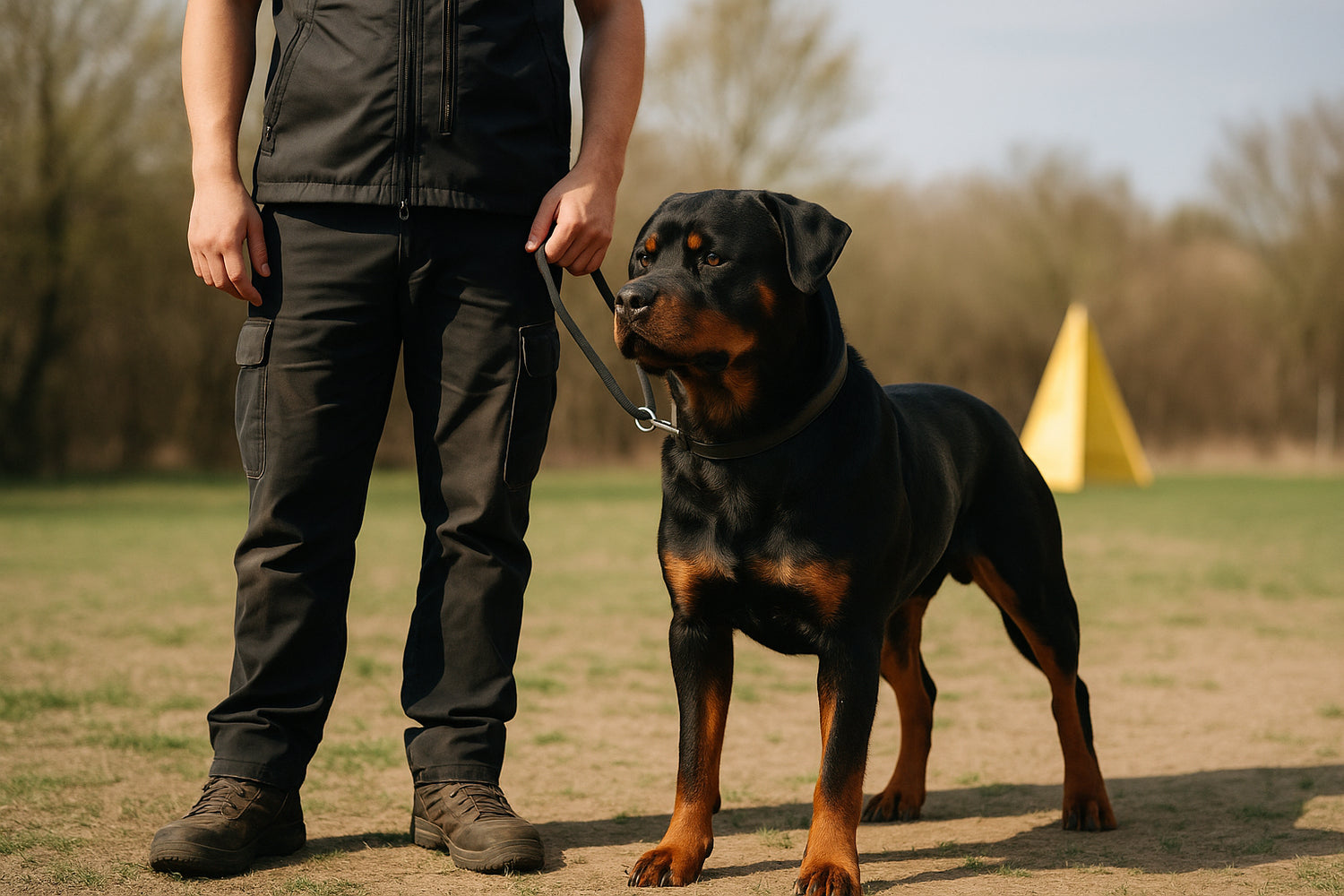
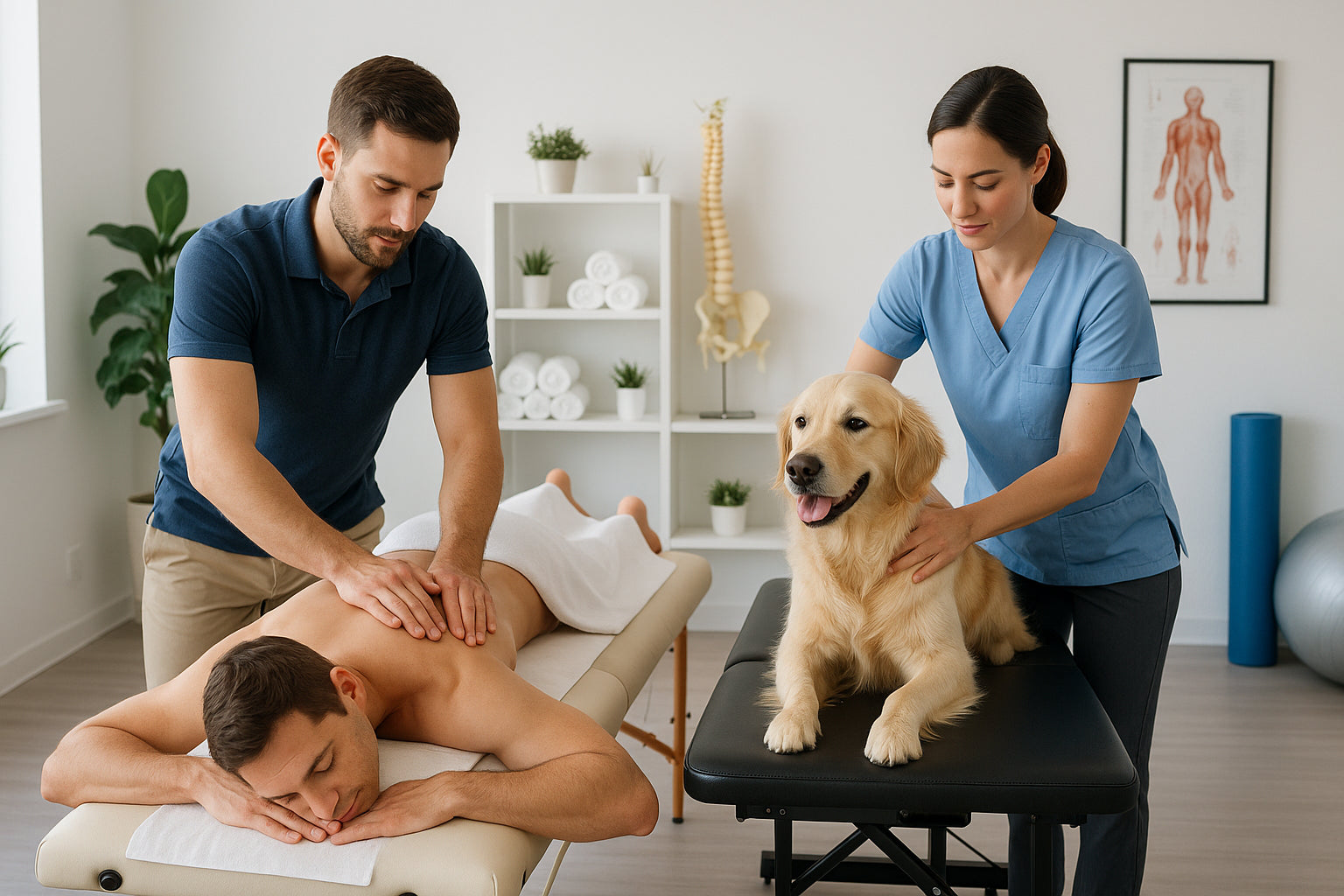



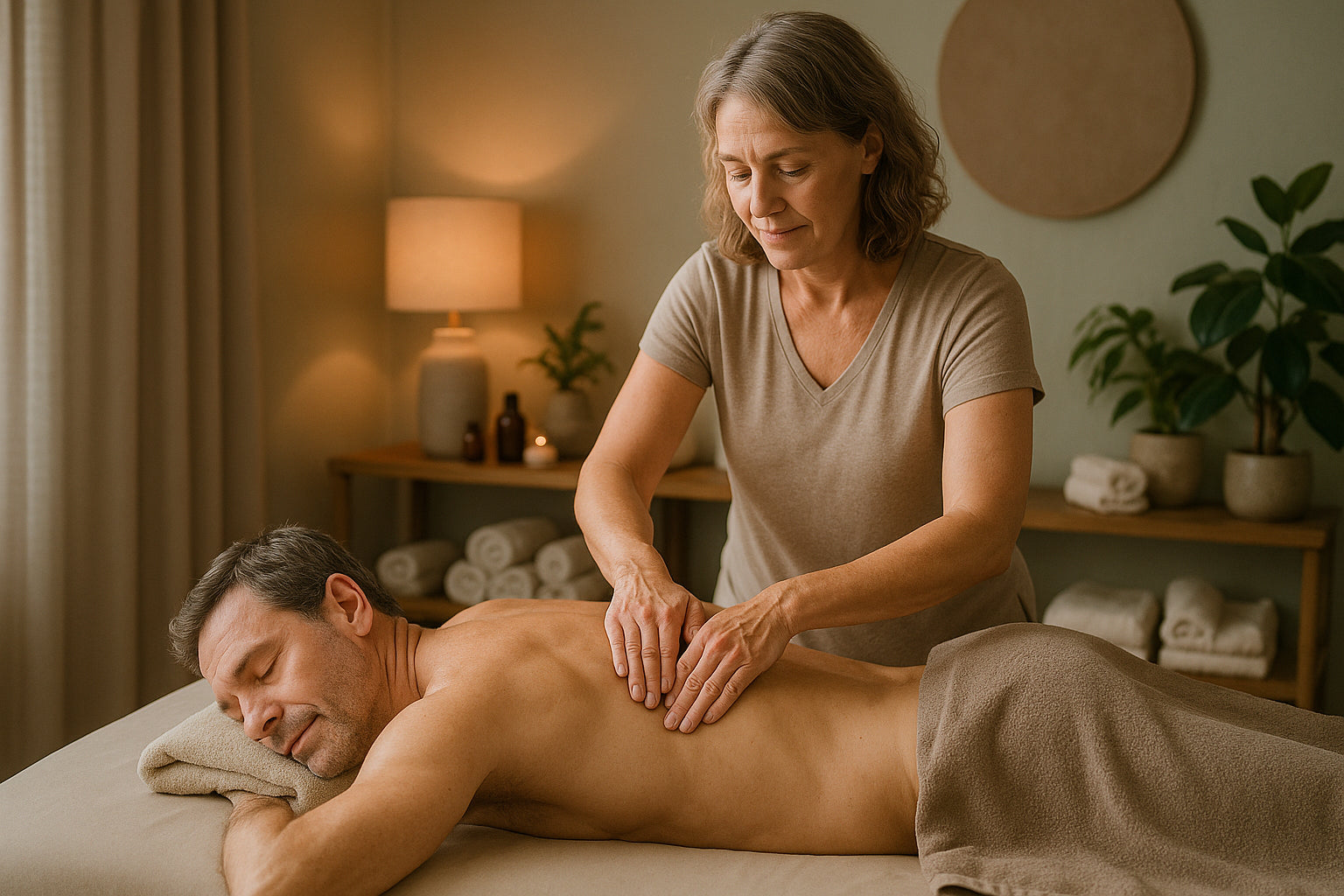

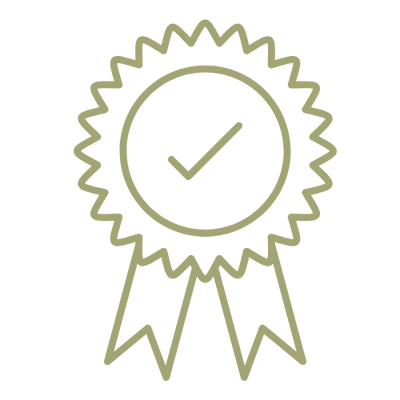
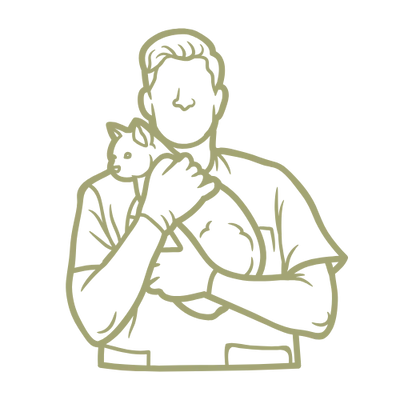
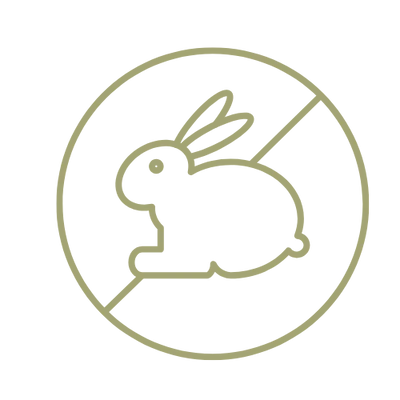
Leave a comment
This site is protected by hCaptcha and the hCaptcha Privacy Policy and Terms of Service apply.